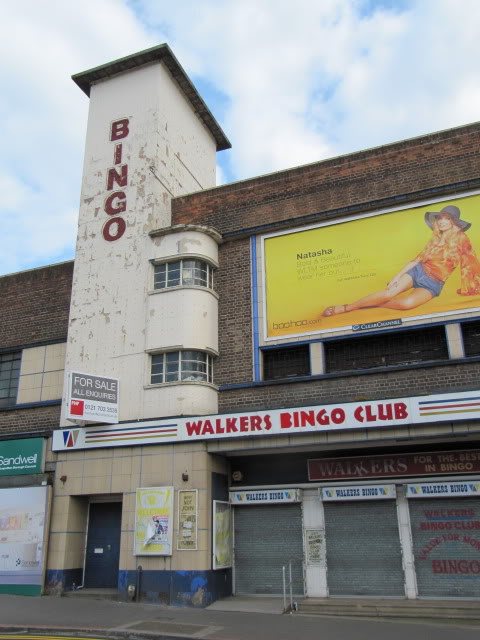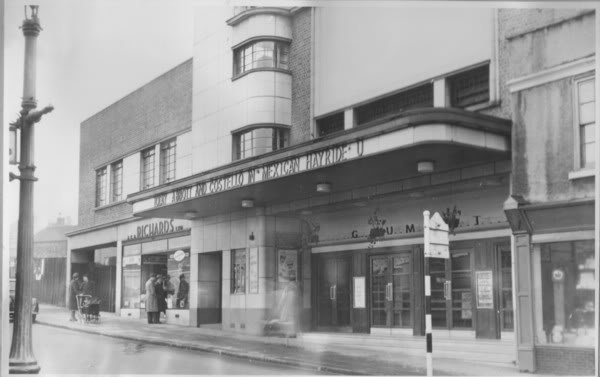Case Law On Trial: 1946 to 1970
Find out which cases have been getting the most votes for inclusion in our special Anniversary Edition, to celebrate ICLR’s sesquicentenary. We’ve been reporting cases for 150 years and now we’re putting them all on trial. Which cases made the biggest difference in the development of the common law? Which are the landmarks that really
Find out which cases have been getting the most votes for inclusion in our special Anniversary Edition, to celebrate ICLR’s sesquicentenary.
We’ve been reporting cases for 150 years and now we’re putting them all on trial. Which cases made the biggest difference in the development of the common law? Which are the landmarks that really stand out? We need you to give us your verdict.
This third voting period, 1946 to 1970, saw the emergence of more liberal attitudes as the austerity of the monochrome post-war years gave way to the flower power of the Swinging Sixties. The legislation of this period reflected the change in social attitudes, with the abolition of the death penalty for murder, the decriminalisation of suicide, abortion and private homosexual acts, while the case law reflected the beginnings of a revolution toward industrial relations, human rights and the rise of judicial review.
There’s a week left till the end of the month, when the voting closes for this period, so if you haven’t already voted, it’s time to get on with it. The scores so far are quite revealing about people’s perceptions of the cases which have stood the test of time – or indeed blossomed in importance with the passage of time.
The clear leader this month, with 35% of the vote, is Associated Provincial Picture Houses Ltd v Wednesbury Corpn [1948] 1 KB 223, CA. The phrase “Wednesbury reasonable” has baffled pupil barristers and trainee solicitors for decades. It is one of those pieces of jargon that help mystify the law for the layman.
Any decent law student should be able to tell you that the case establishes a test for determining whether a decision made by a public authority acting within its powers should nevertheless be declared unlawful, namely: (a) it took into account irrelevant matters, (b) it failed to take into account relevant matters, or (c) the decision was so irrational that no authority acting reasonably could have made it.
But can they tell you what the case, from which that test is derived, was actually about?
 It was about letting children visit the cinema on a Sunday, or rather, as the Wednesbury Corporation decided, not letting them. That was the decision that was found to be, as it were, Wednesbury reasonable. (This was during the austere post-war period, remember.)
It was about letting children visit the cinema on a Sunday, or rather, as the Wednesbury Corporation decided, not letting them. That was the decision that was found to be, as it were, Wednesbury reasonable. (This was during the austere post-war period, remember.)
And here is the cinema in question (right), looking rather sorry for itself, bearing the board of the estate agent with whom it has been, for several years apparently, offered for sale (image from Midlands Heritage forum).
And here it is in its glory days, showing a film by those well-known reporters from the old Nominate Reports, Abbott & Costello (or Abb & Cost as it should be cited – I jest!)
All in all, rather rum. It seems the case has been treated more kindly by history than its subject matter.
Coming a close second in this month’s race, with 23% so far, is Anisminic Ltd v Foreign Compensation Commission [1969] 2 AC 147, HL(E). Like the Wednesbury case, its significance has emerged only with the passage of time. Narrow as its subject matter might appear, reading the headnote of the law report, commentators now regard it as marking the foundation of modern judicial review. (The development of judicial review as a remedy was to blossom in the next case voting period, 1971 to 1995, which will be open in May.)
In third place, with 9% of the vote, is another case whose significance has echoed down the years. While other two have been concerned with public law, this case is concerned with the tort of negligence. It is, of course, Hedley Byrne & Co Ltd v Heller & Partners Ltd [1964] AC 465, HL(E). The negligence in question was in relation to financial advice. The advice contained a misrepresentation, resulting in monetary loss, and the question was whether a duty of care could be owed by the giver of the advice to its recipient, such as to found a cause of action. (Law reports of such cases were until recently indexed under the somewhat baffling catchwords: “Negligence – Duty of care to whom?”) In this case, no such duty arose. But the principle was established that it could be.
Acknowledgements.
I am grateful to Richard Glover, co-author of Murphy on Evidence, who, tweeting as @MurphyEvidence, began a discussion about the fate of the old Wednesbury Gaumont cinema, and to Adrian Hunt (@ahuntbrumlaw) who provided a link to the Midlands Heritage page, from which these images were taken.
Hat tip to David Allen Green / @DavidAllenGreen for championing Anisminic as a contender, and to other followers on Twitter who suggested cases for the shortlists.
